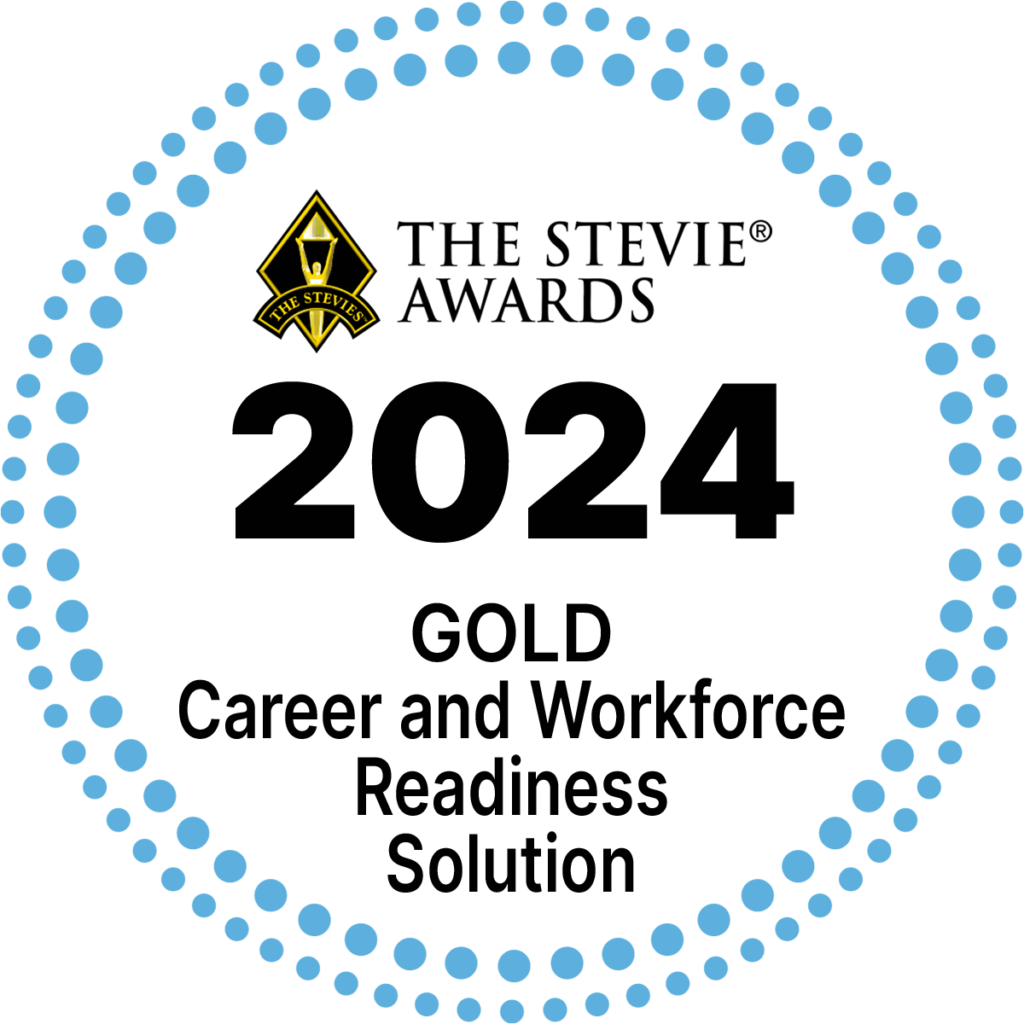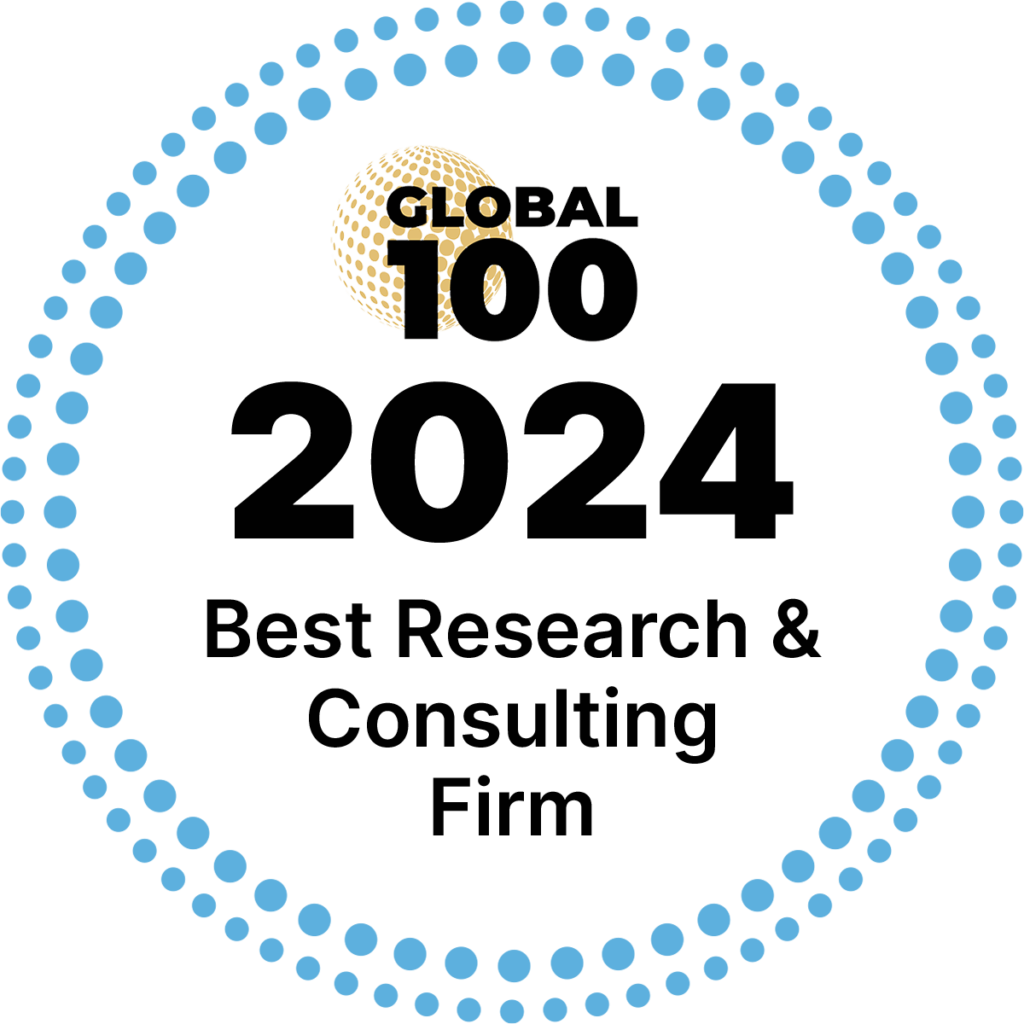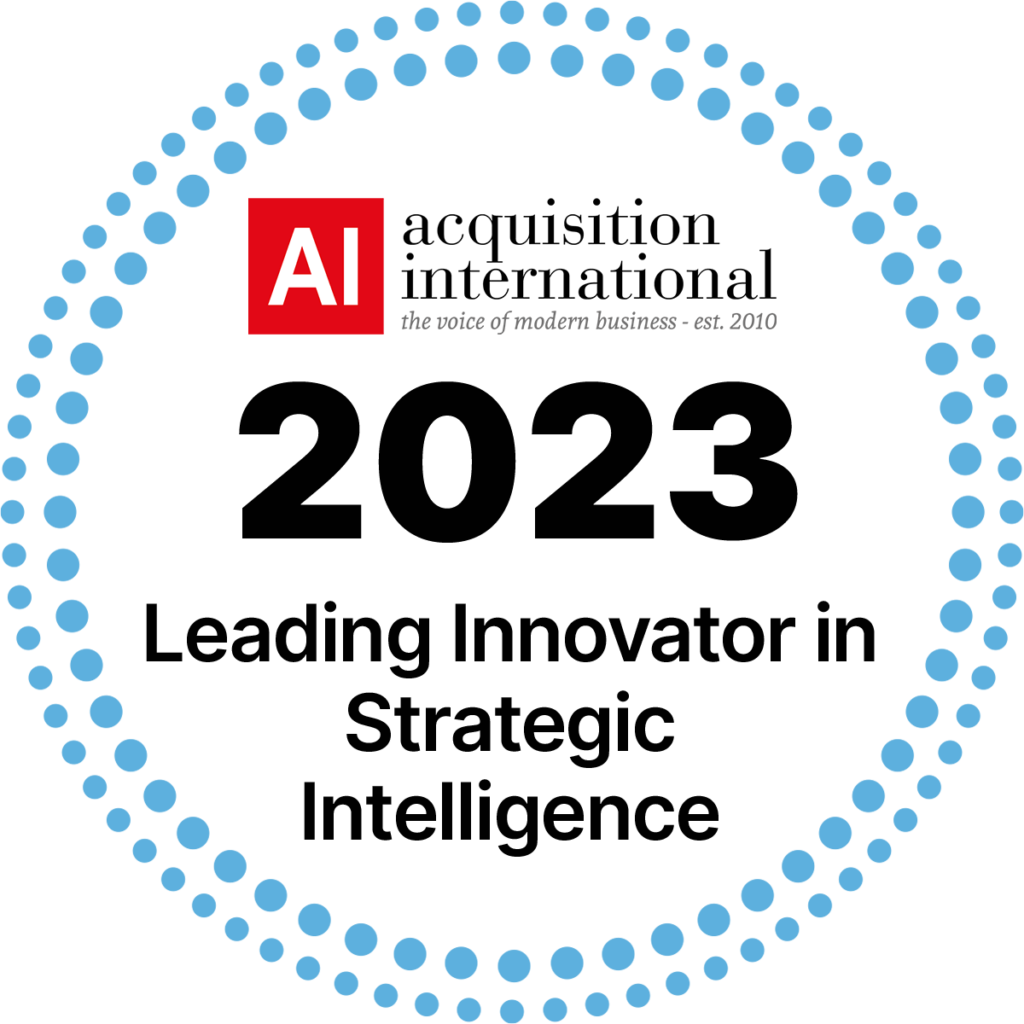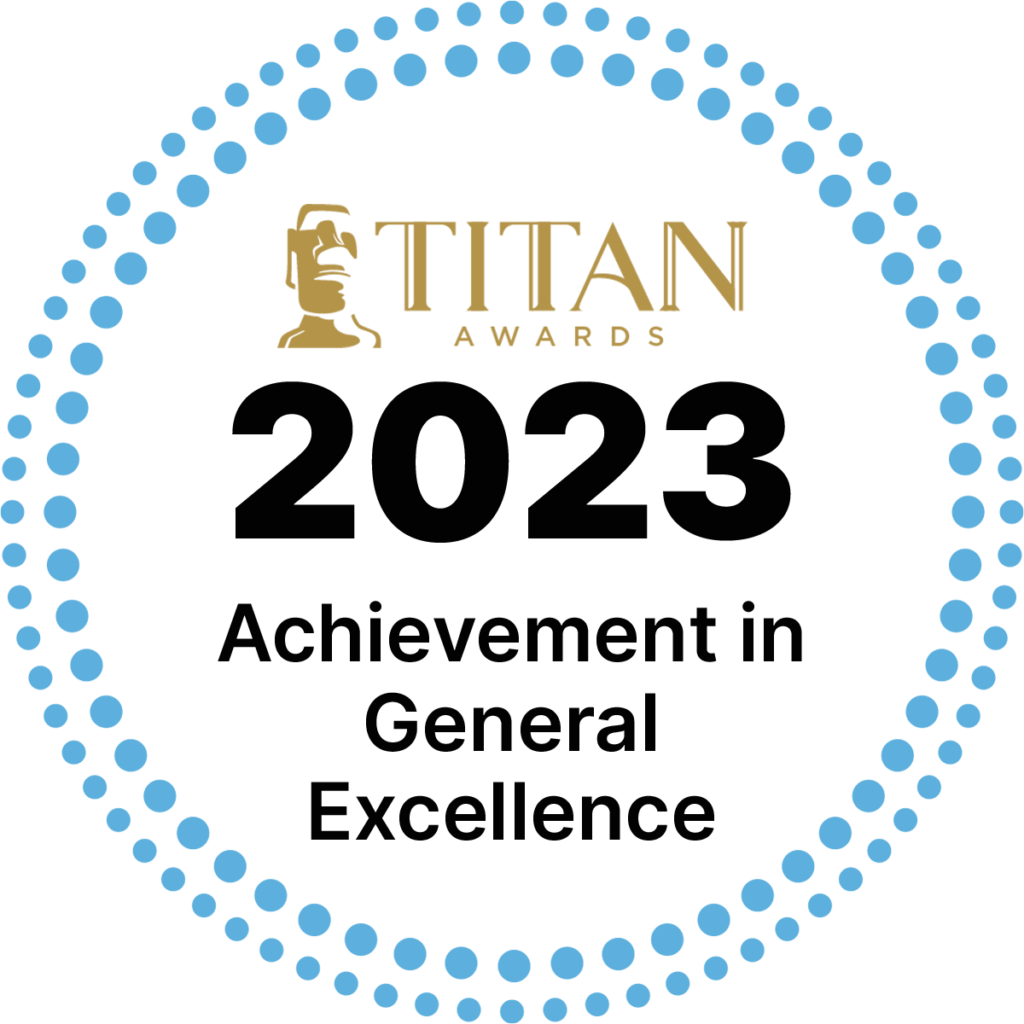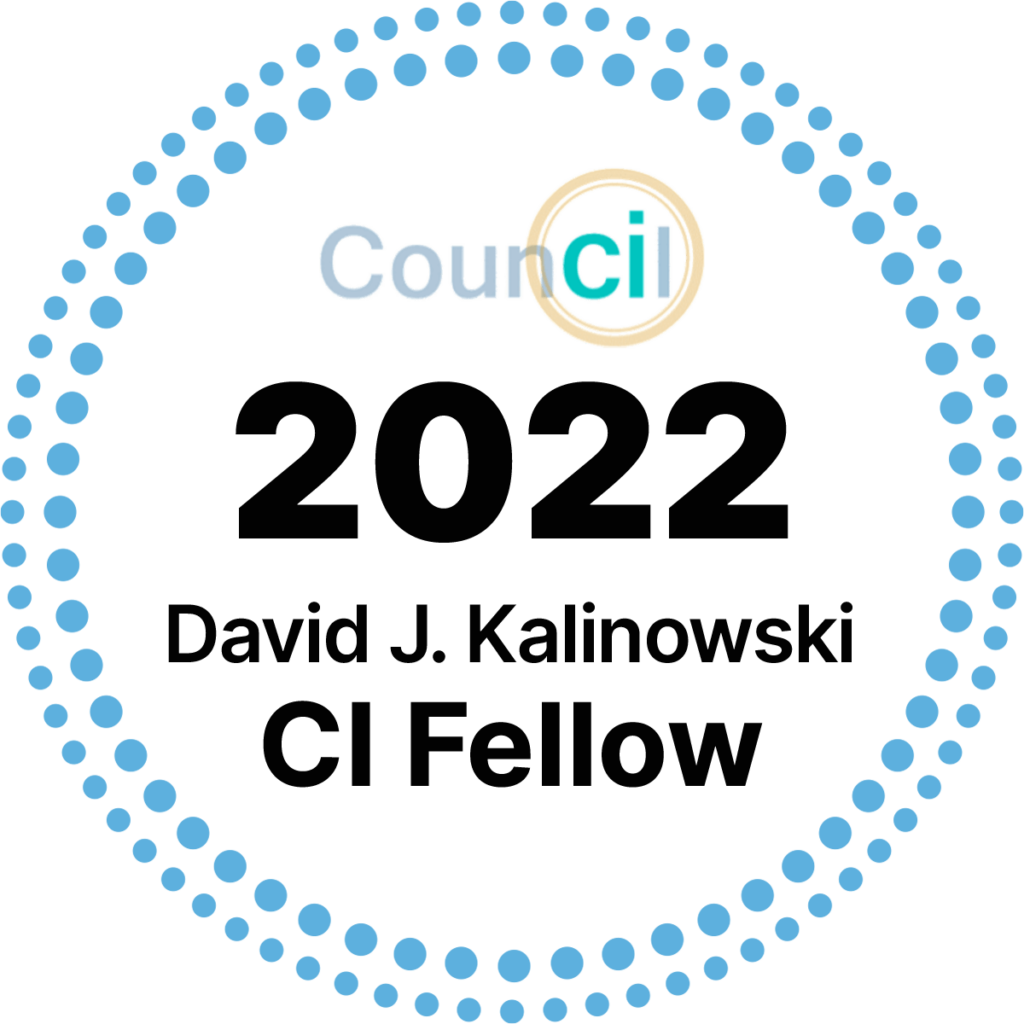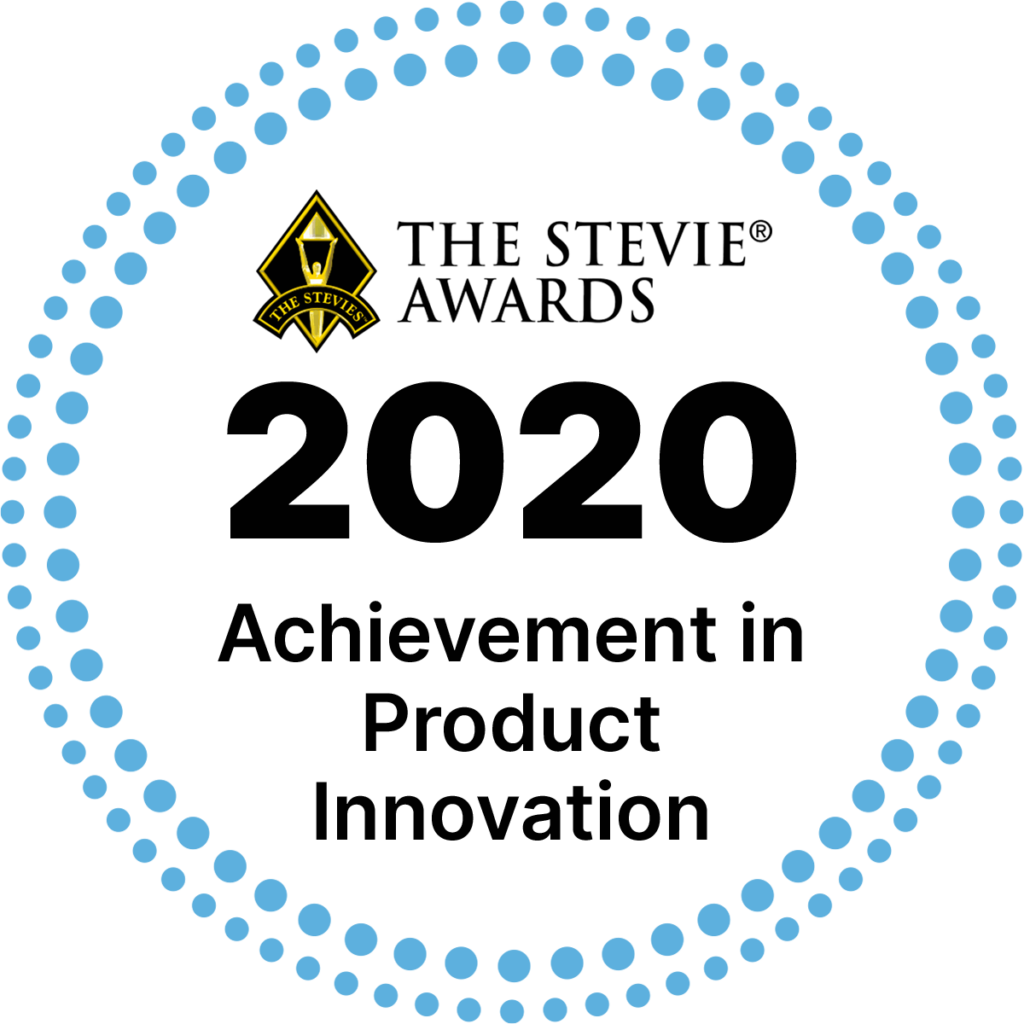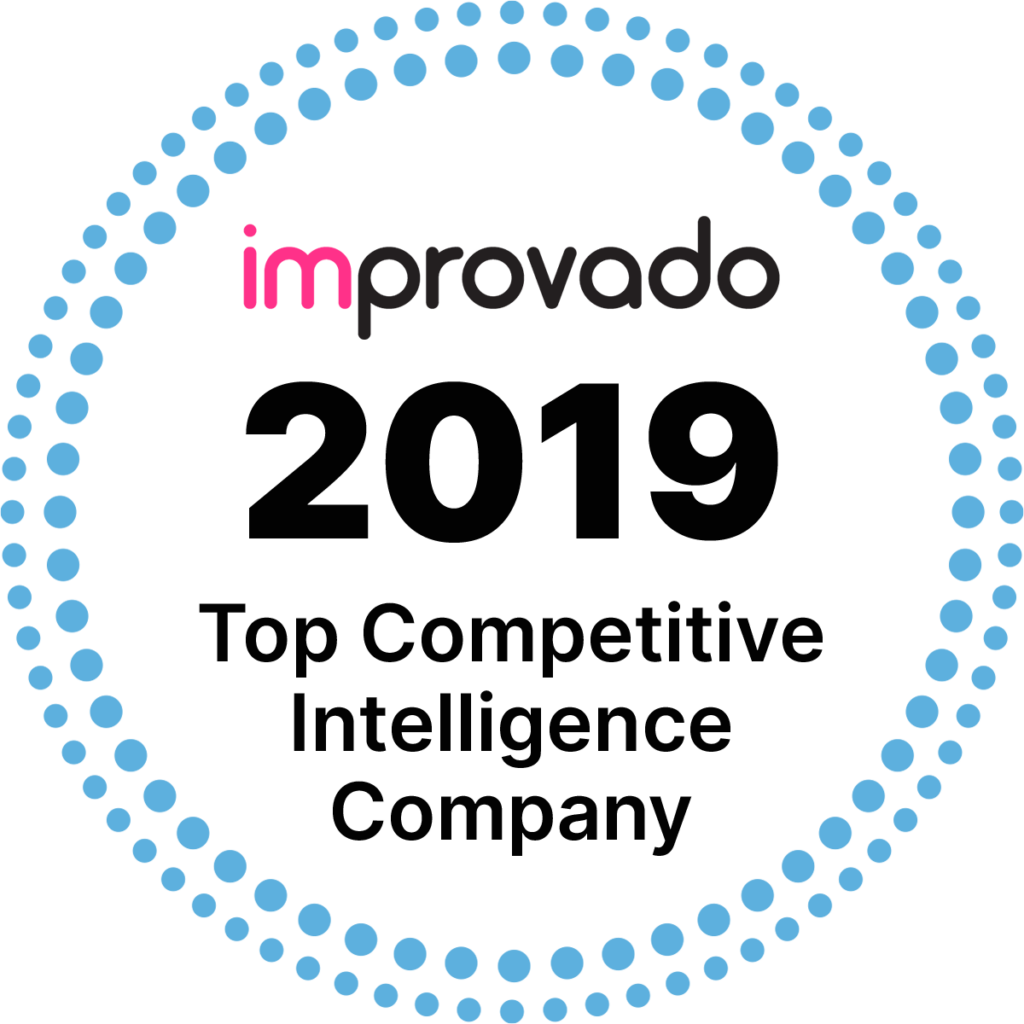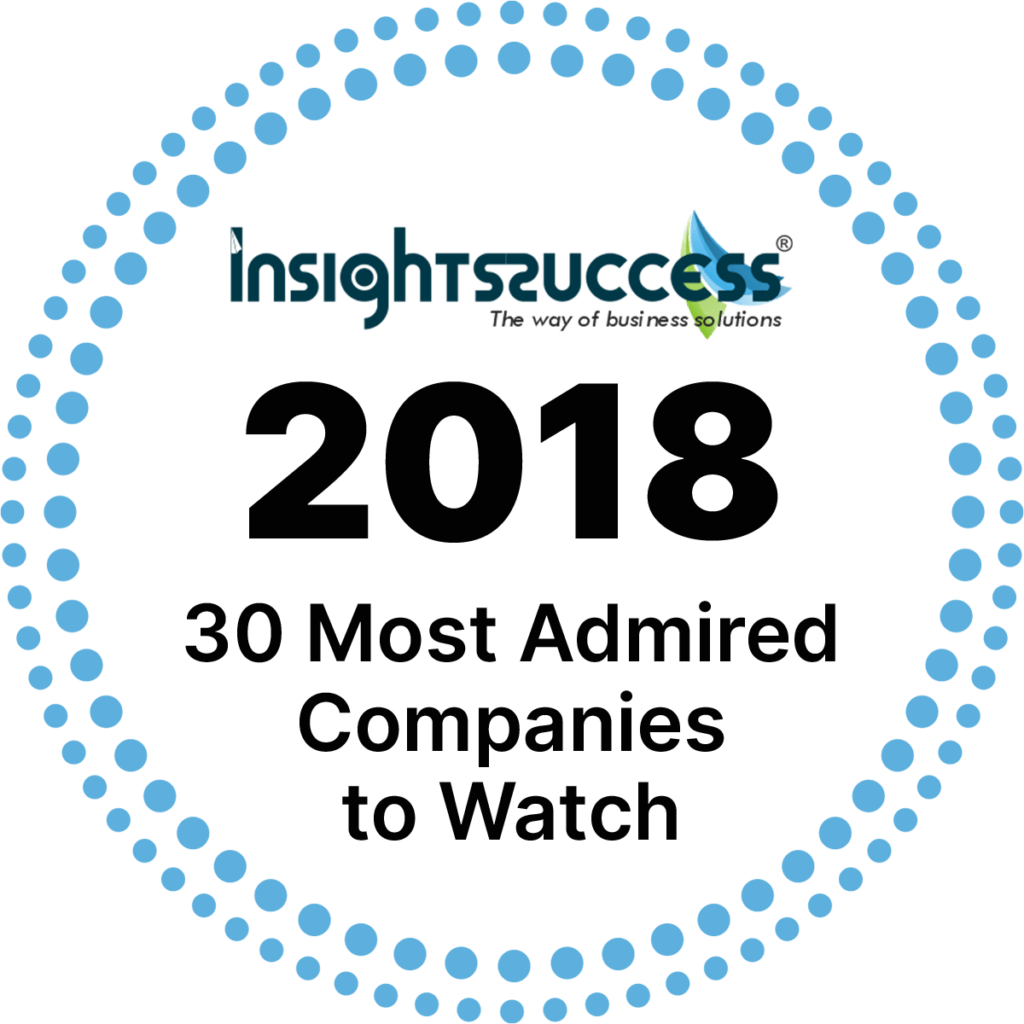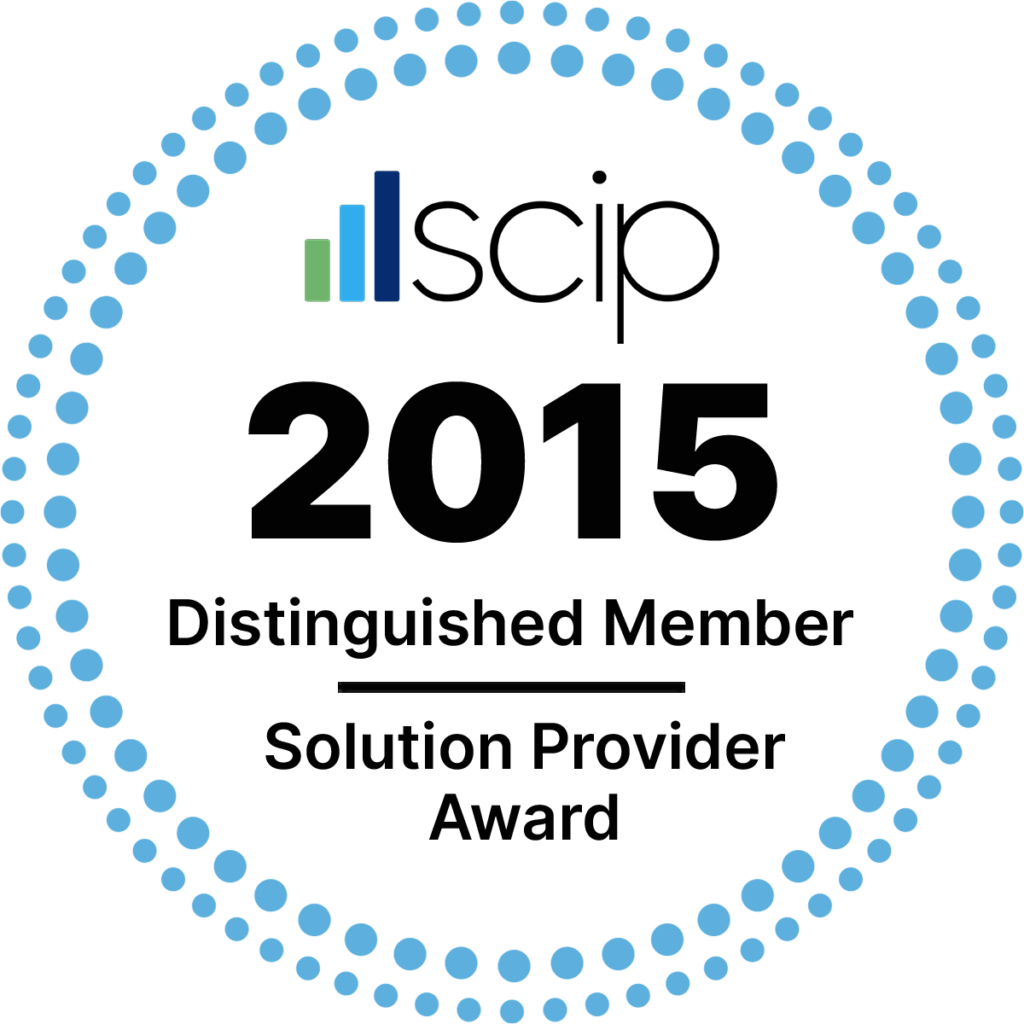Published: September 20, 2018
The first article in our Strategic Planning series discusses how Competitive Intelligence can and should adapt depending on the type of strategic planning model your business employs. Our second piece focuses on constructive CI research queries that help your business target specific issues unique to your enterprise, thus gaining more insightful reporting relating to strategic goals.
We turn next to the concept of setting up CI research building blocks to both monitor progress and propel strategic planning endeavors forward throughout the year. Every quarter, corporate divisions should be working toward specific objectives that build on one another to serve the overarching corporate strategic planning cycle, and by extension, the overall good of the corporation. Under this strategic planning process umbrella, the overall corporate strategic plan must take its cues, so to speak, from each of these divisions’ annual plans. Each of these divisional entities should develop a routine cadence tied to quarterly CI reporting, with specific deliverables being aimed at the strategic planning development stages in the latter parts of the year.
Quarterly business performance indicators within each division are gleaned from several competitive intelligence functions, including, 1) pressure testing competitive strategies; 2) competitive and marketing intelligence reporting; 3) customer insights; and 4) competitive monitoring and alerts. Bearing in mind that a quarterly business review of business performance is essential to keeping everyone on track throughout the year, let’s break down what an annual strategic planning cycle looks like when it leverages these four CI functions:
Q1 – The first quarter cycle places most of its emphasis on research and preparation. During this Q1 cycle, business units put all four of the above CI functions in play to 1) facilitate business war games; 2) create a market entry assessment; 3) develop a customized comparative journey map; and 4) begin the work of timely and relevant insight into market movements, competitors and conferences.
Q2 – In this cycle, research and preparation continues, with BUs taking on more in-depth examinations based on the high-level corporate findings from the previous quarter. Strategic planning now moves into scenario workshops and refinement, with CI functions from Q1 serving as the foundation for additional CI functions that 1) facilitate these workshops; and 2) build new competitor profiles.
Q3 – The third quarter activity takes the intelligence gains from the previous two quarters and progresses toward developing the overall corporate strategic plan itself, with BUs taking up key roles in helping to devise that plan. This work gets a boost from more targeted CI functions that 1) develop a competitor function profile; and 2) create a customer usability study. By the third quarterly business review, all BU stakeholders and management will have a much clearer strategic direction going into the fourth quarter.
Q4 – Once the strategic planning cycle reaches the fourth quarter, a key CI pressure testing component is added, in which BUs develop their own key performance indicators. Throughout the year, competitive monitoring, alerts, and ongoing intelligence functions culminate in a final review communicating cumulative gains based on the strategic planning effort, down through the ranks as well as up the ladder in a board review setting.
One key rule to remember is that your strategic planning process is never really complete. The goal is to repeat the cycle and continually improve over time. Transparency, adherence to a set schedule, and developing reliable KPIs that build up to strong yearly results are excellent ways to stay on this progressive path.
About Proactive Worldwide, Inc.
Proactive Worldwide, Inc. is a global research and strategic intelligence consulting firm that provides evidence-based, constructive information within the competitive intelligence, market intelligence, and customer insights domains. Anchored by primary source research for over 22 years, PWW’s multilingual professionals assist clients with offerings that include but are not limited to market intelligence and competitive research services, market entry and defense strategies, war gaming workshops and scenario planning events, and customer experience and voice of customer studies.

